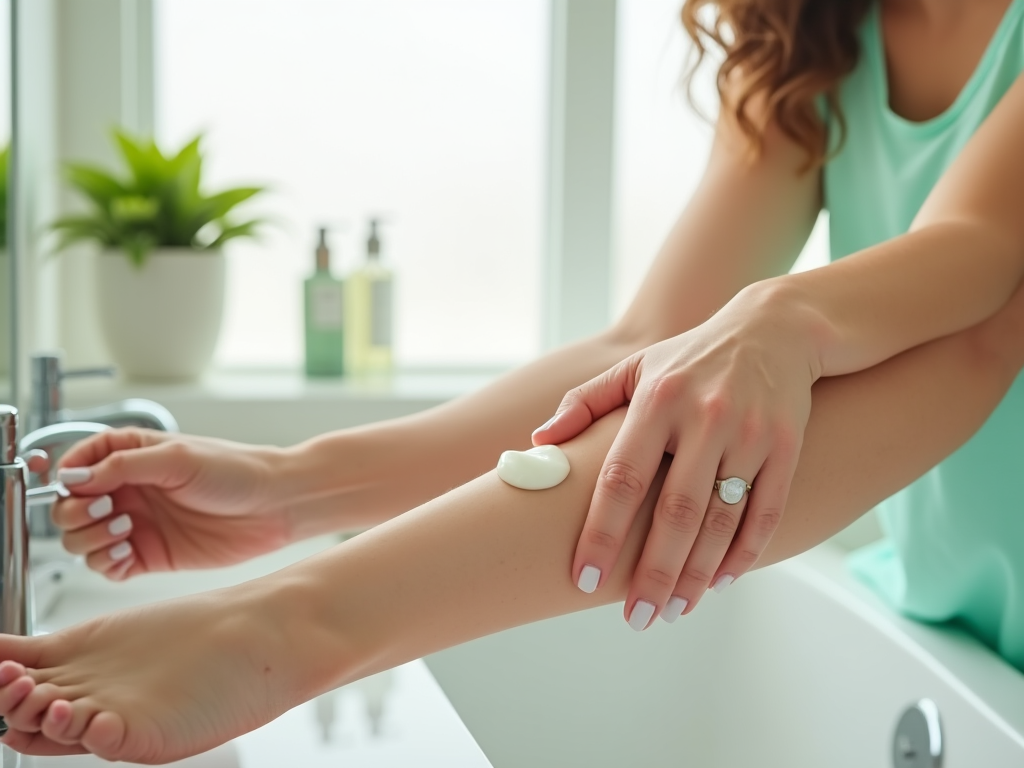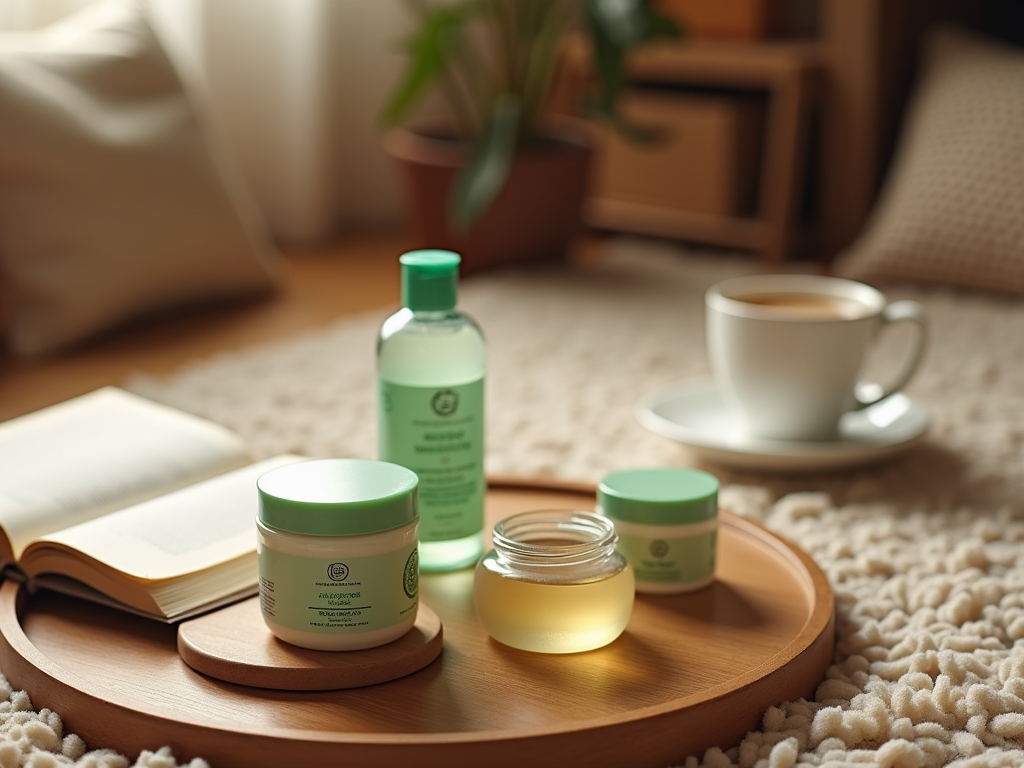
How Safe Is It To Use Petroleum Jelly For Your Skin?
When it comes to skincare, the quest for effective solutions often leads us to products that promise hydration and protection. Among these, petroleum jelly stands out as a time-tested option that has graced bathroom cabinets for generations. Not just for cosmetic purposes, this multifaceted product boasts a range of applications. From alleviating dryness and warding off irritation to forming a protective barrier, it embodies versatility. However, the lurking question remains: how safe is it to incorporate petroleum jelly into your daily skincare routine? This article delves deep into the safety, benefits, risks, and practical usage of petroleum jelly, equipping you with the insights necessary to make informed decisions.
Petroleum jelly, commonly recognized under the brand name Vaseline, is a remarkable substance employed in countless households. A refined mixture derived from petroleum, it possesses unique properties that make it a staple in skincare. Its main function is to lock in moisture and shield the skin from environmental aggressors. Despite its historical reputation, many people still grapple with the implications of using petroleum jelly, particularly regarding safety and potential side effects. As we navigate the intricacies of this product, it’s essential to consider both the advantages it offers and the precautions that come with its use.
What Is Petroleum Jelly?

At its core, petroleum jelly is a semi-solid mixture of hydrocarbons. The product is created through a meticulous refining process that removes impurities while retaining its beneficial properties. The result is a clear, odorless gel-like substance that is both versatile and easy to use. Unlike lotions and creams that may contain various ingredients, petroleum jelly serves a specific purpose: to provide a protective barrier on the skin. This barrier is not only effective in sealing in moisture but also in shielding the skin from irritants found in the environment.
Benefits of Using Petroleum Jelly on Skin

Petroleum jelly is renowned for its many benefits in skincare. Below are some compelling reasons why it deserves a place in your routine:
- Moisture Retention: One of its greatest strengths is its ability to lock in moisture, making it ideal for individuals with dry skin.
- Protection and Healing: It can act as a protective barrier for minor cuts, scrapes, or burns, promoting faster healing.
- Soothing Dry Areas: Areas such as elbows, heels, and hands can benefit from its emollient properties, providing relief from dryness.
To illustrate its diverse benefits more clearly, consider the following table that highlights the applications of petroleum jelly:
| Use | Description |
|---|---|
| Moisturizer | Helps to soothe and hydrate dry skin. |
| Barrier | Provides a protective layer against irritants. |
| Makeup Remover | Easily removes makeup, especially on eyes. |
| First Aid | Protects cuts and promotes healing. |
Potential Risks and Concerns
While petroleum jelly boasts numerous benefits, it’s essential to approach its usage with caution. Here are some key risks and concerns to be mindful of:
- Non-Comedogenic Nature: Although it is generally considered non-comedogenic, individuals with acne-prone skin may experience breakouts if applied heavily.
- Allergic Reactions: In rare cases, some users may face allergic reactions. Conducting a patch test prior to widespread use is advisable.
- Environmental Factors: Depending on the climate, petroleum jelly may feel heavy or greasy for some individuals, especially in humid conditions.
How to Use Petroleum Jelly Safely
Maximizing the potential of petroleum jelly while minimizing risks involves using it correctly. Here are some informed application techniques to follow:
- Clean Your Skin: Always ensure that the area of application is clean and dry before applying petroleum jelly.
- Use Sparingly: A small amount is often sufficient; applying a thin layer is usually all that’s required.
- Avoid Sensitive Areas: Pay special attention to areas like the eyes, where a thick application should be avoided.
Additionally, consider the frequency of use. For optimal results, apply petroleum jelly based on your skin’s particular needs. Be cautious, as overuse in areas prone to acne can lead to complications.
Conclusion
In conclusion, petroleum jelly can be a safe and effective addition to your skincare regimen when used wisely. Its ability to retain moisture and protect the skin is undoubtedly appealing, particularly for those with dry or sensitive skin. However, as with any product, potential risks exist, and it’s crucial to use it thoughtfully and in moderation. So, if you’re considering incorporating petroleum jelly into your daily routine, keep these insights in mind, and feel empowered to explore its numerous benefits.
Frequently Asked Questions
- Is petroleum jelly safe for all skin types? Yes, but those with oily or acne-prone skin should use it with caution.
- Can petroleum jelly clog pores? Generally, it is non-comedogenic; however, heavy application may lead to breakouts in sensitive skin.
- How should I store petroleum jelly? Keep it in a cool, dry place away from direct sunlight.
- Can petroleum jelly be used on the face? Yes, apply a small amount, focusing on dry areas or as needed at night.
- Is it safe to use petroleum jelly for babies? Yes, it’s commonly used for diaper rash protection, but always consult a pediatrician for specific concerns.

